A Tourist in Rome - Fountain of the Four Rivers
The Fountain of the Four Rivers is located at the center of Piazza Navona, supporting the Agonal Obelisk. The fountain is a masterpiece of Gian Lorenzo Bernini, a beautiful example of the dramatic effects of baroque artists. Water flows and splashes from varied places in the fountain, slapping on jagged edges of travertine marble, and coming out of piercings in the disordered jumble of stone. Designed for Pope Innocent X, and unveiled on June 12, 1651, the fountain consists of a basin at ground level from which travertine rocks rise to support four burly river gods above them, representing the four great rivers of the four continents of the world that were known in 1650, and above them, the ancient Agonal Obelisk which was recovered from the Circus of Maxentius and topped with the Pamphilj emblem of a dove with an olive twig. The base of the obelisk is cut through in both directions, creating the illusion that the obelisk is unsupported. The fountain is right in front of the church of St. Agnes in Agone which was built after the fountain, in 1652, and not far from the Pamphilj Palace just south of the church.
The fountain is a theater in the round which can be walked around to see the action from various points of view. The four river gods on the fountain, surrounded by plants and animals of their respective continents, were sculpted by people other than Bernini due to time pressures to complete the fountain, but under his direction and with his touch-up where needed. They are:
The obelisk is magically mounted above empty space, as shown in the 2nd photo above. When the fountain was unveiled, Bernini's critics claimed the obelisk would surely fall over due to lack of support. Bernini answered this criticism by tying strings from the top of the obelisk to nearby buildings.
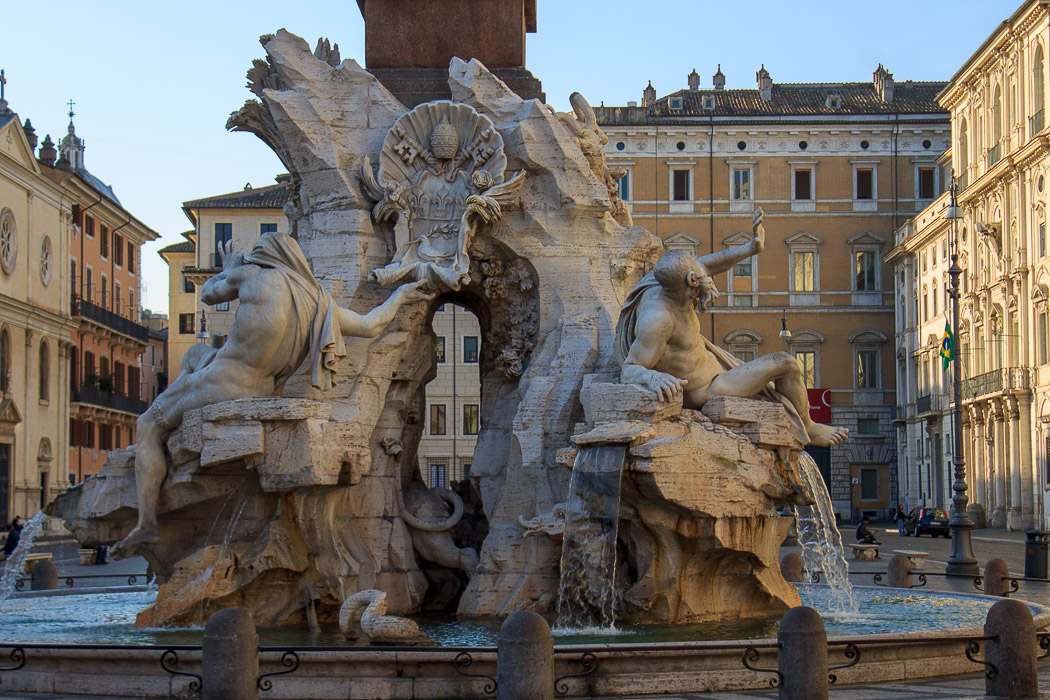
IMG_9456-20141010: The Fountain of the Four Rivers, in the center of Piazza Navona, The Nile (Africa) on the left, the Rio del la Plata (Americas) on the right, The Papal Coat of Arms is between them, and also on the opposite side of the fountain.
See all
Fountain of the Four Rivers photos.
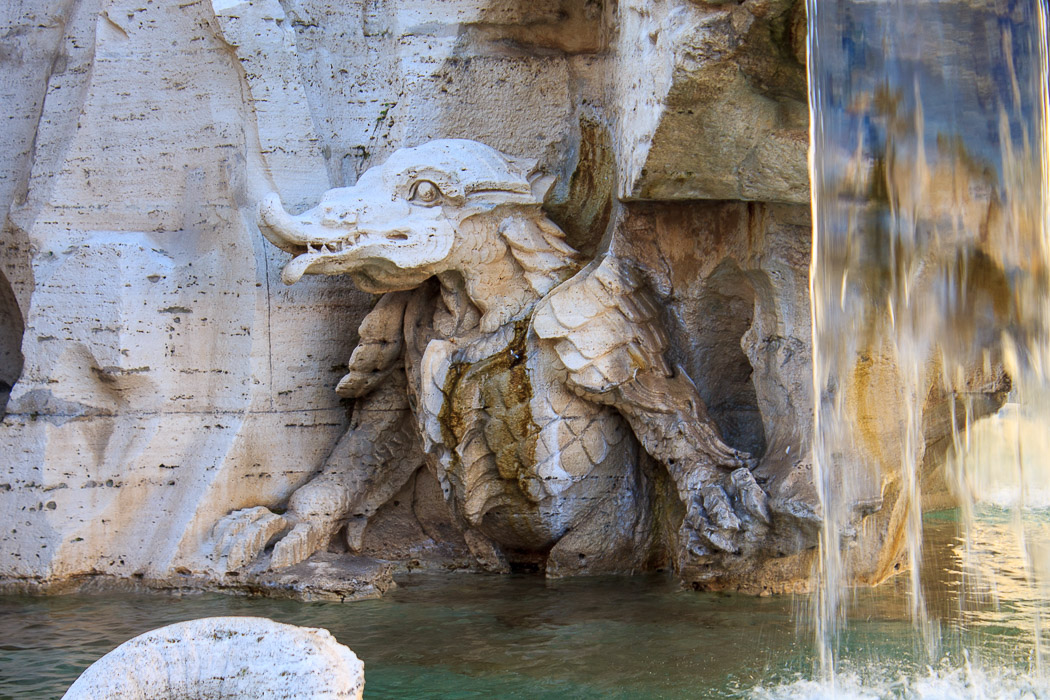
IMG_9457-20141010: The armadillo that doesn't really look at all like an armadillo near the figure of the Rio del la Plata (Americas) in the Fountain of the Four Rivers, in the center of Piazza Navona
See all
Fountain of the Four Rivers photos.

IMG_9458-20141010: A river snake near the figure of the Nile in the Fountain of the Four Rivers, in the center of Piazza Navona
See all
Fountain of the Four Rivers photos.
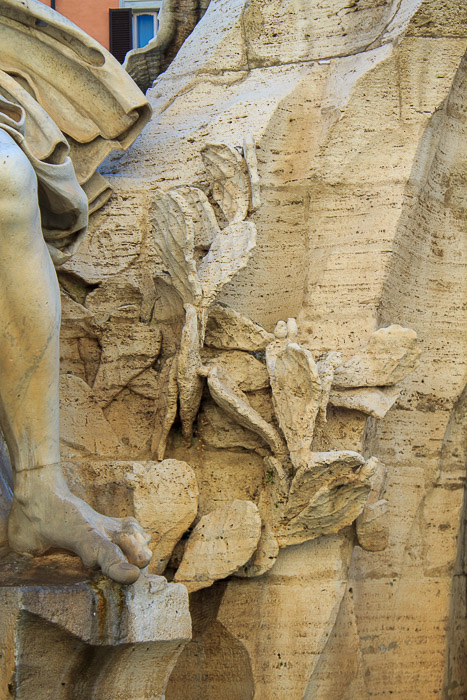
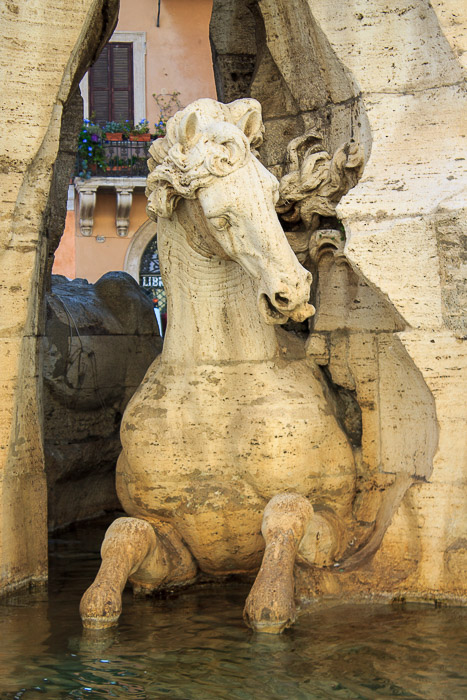
IMG_9460-20141010: The horse associated with the Danube (Europe) in the Fountain of the Four Rivers, in the center of Piazza Navona
See all
Fountain of the Four Rivers photos.
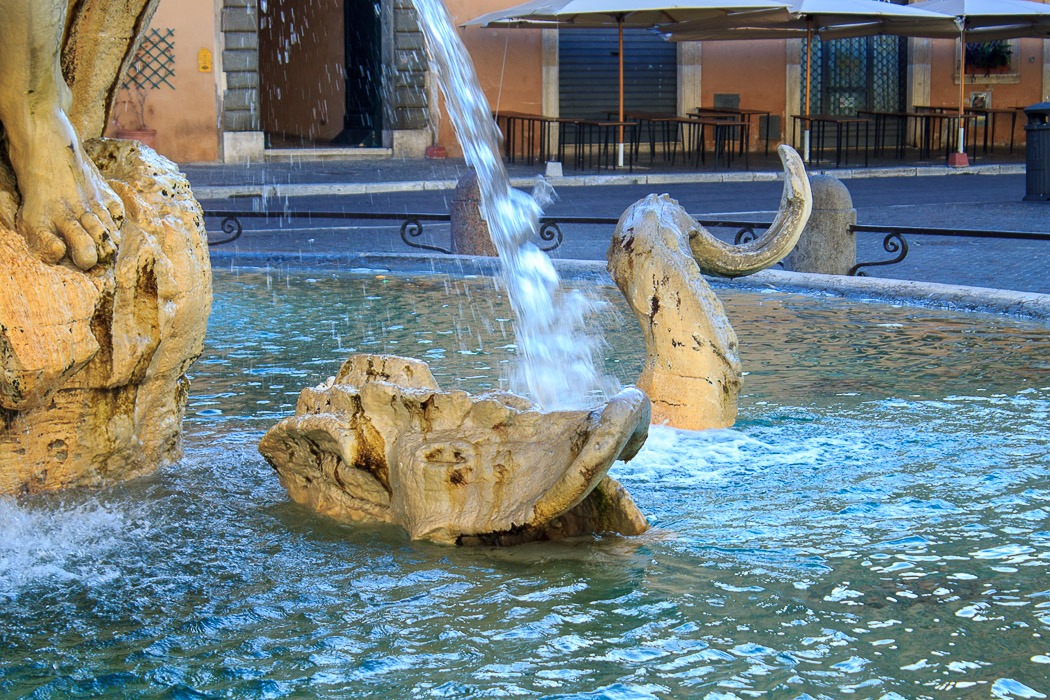
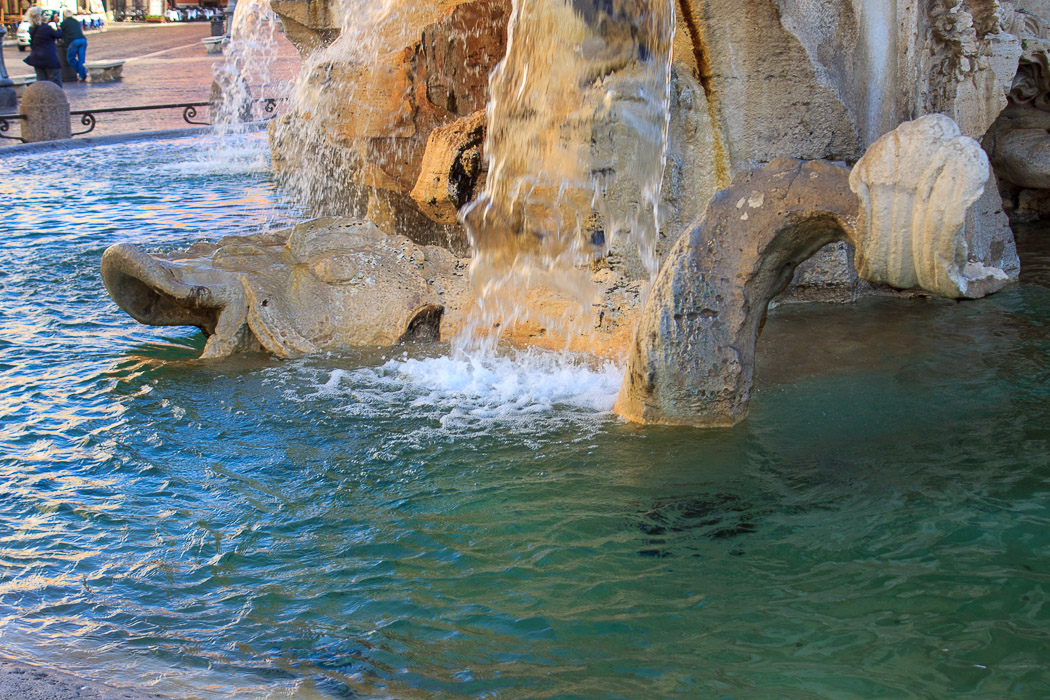
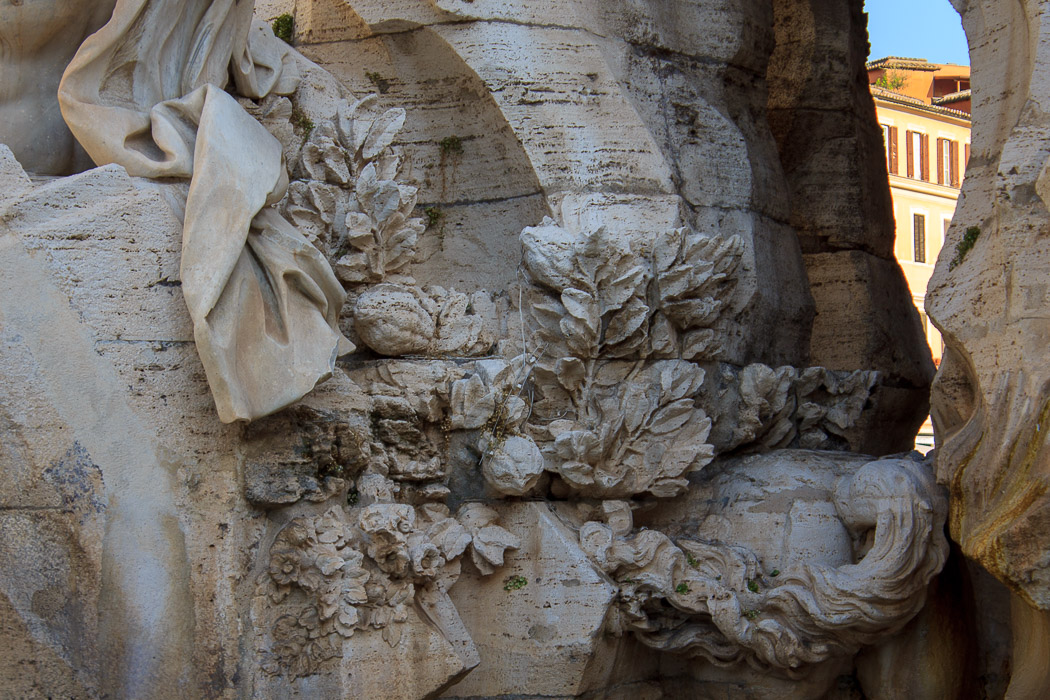
IMG_9465-20141010: Plants, and the tail end of the Danube's horse, on the Fountain of the Four Rivers, in the center of Piazza Navona
See all
Fountain of the Four Rivers photos.
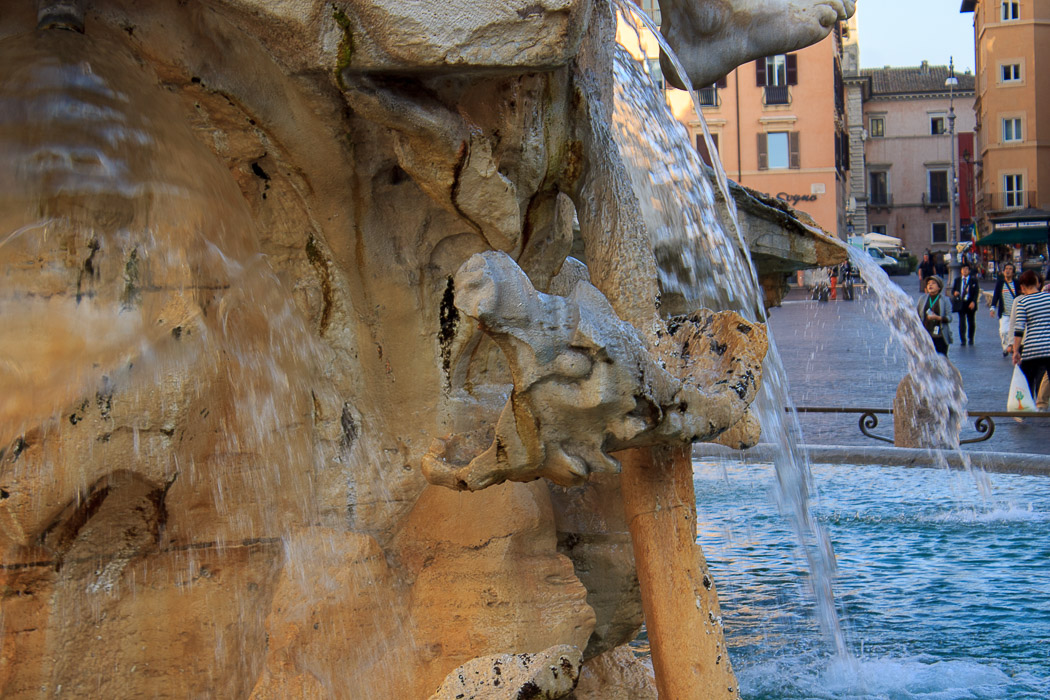
IMG_9466-20141010: The serpent wrapped around the oar of the Ganges (Asia) of the Fountain of the Four Rivers, in the center of Piazza Navona
See all
Fountain of the Four Rivers photos.
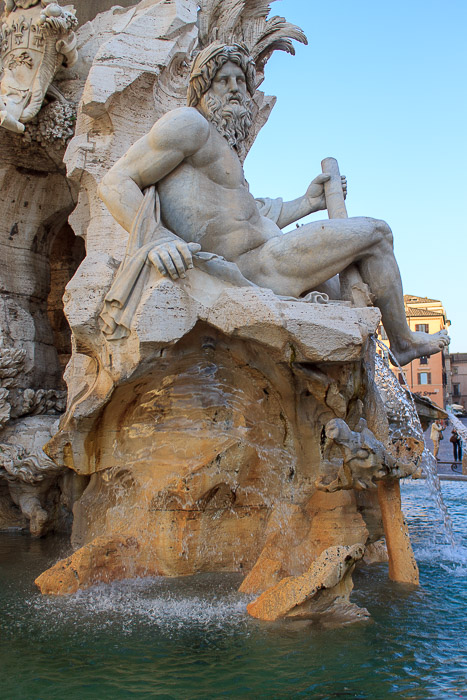
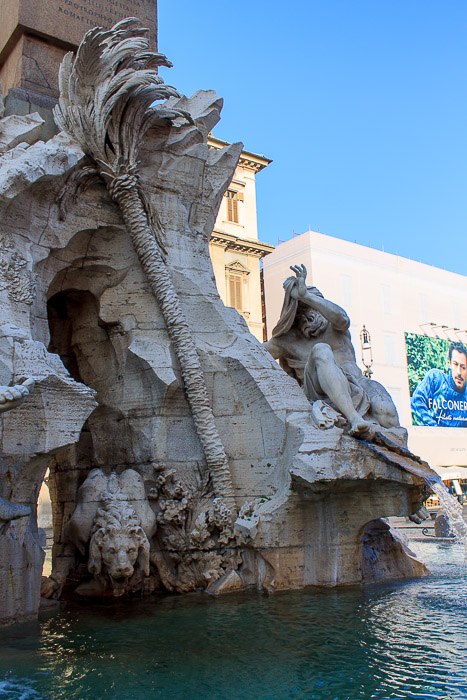
IMG_9468-20141010: Next to the Nile (Africa) is a palm tree being blown in the wind and a lion, emerging from a hollow grotto and bowing his head for a drink of water, in the Fountain of the Four Rivers, in the center of Piazza Navona
See all
Fountain of the Four Rivers photos.

IMG_9469-20141010: A lion next to the figure of the Nile (Africa), emerging from a hollow grotto, bowing his head for a drink of water, in the Fountain of the Four Rivers, in the center of Piazza Navona
See all
Fountain of the Four Rivers photos.
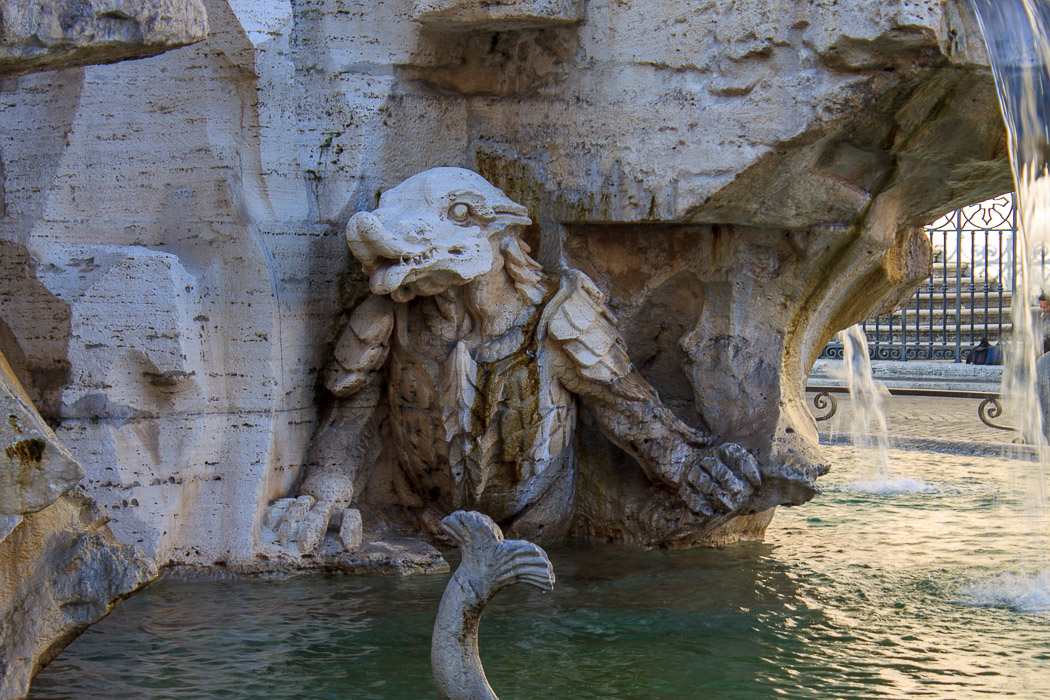
IMG_9470-20141010: The armadillo that doesn't really look at all like an armadillo near the figure of the Rio del la Plata (Americas) in the Fountain of the Four Rivers, in the center of Piazza Navona
See all
Fountain of the Four Rivers photos.

IMG_9474-20141010: The horse associated with the Danube (Europe) in the Fountain of the Four Rivers, in the center of Piazza Navona
See all
Fountain of the Four Rivers photos.

IMG_9475-20141010: The horse associated with the Danube (Europe) in the Fountain of the Four Rivers, in the center of Piazza Navona
See all
Fountain of the Four Rivers photos.
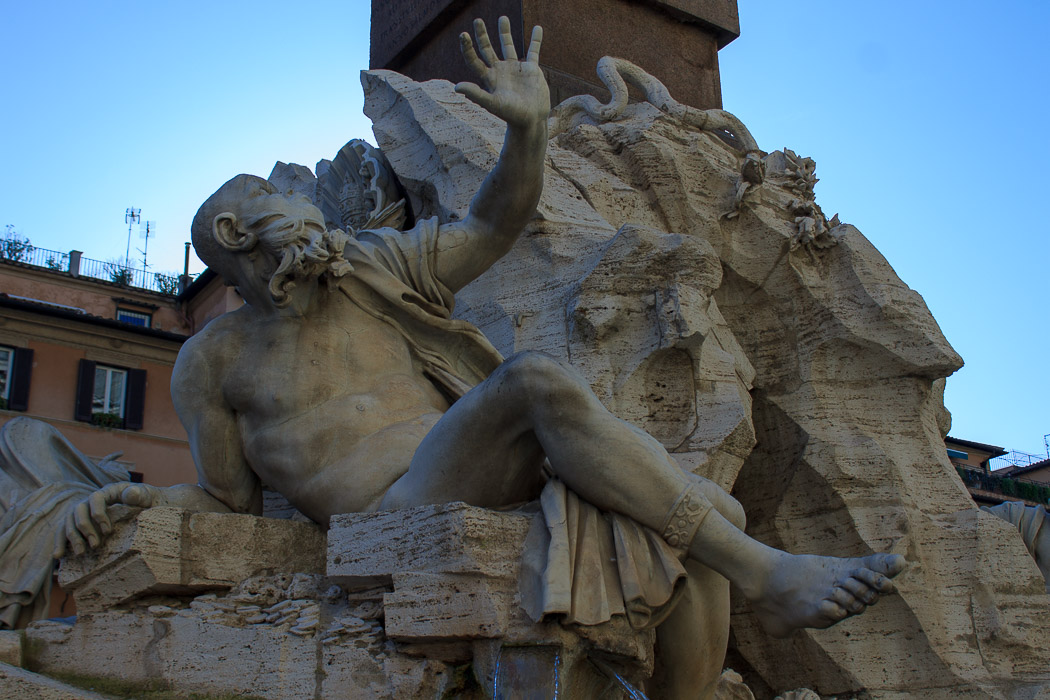
IMG_9476-20141010: The Rio del la Plata (Americas) with a snake above him on the rocks, in the Fountain of the Four Rivers, in the center of Piazza Navona
See all
Fountain of the Four Rivers photos.
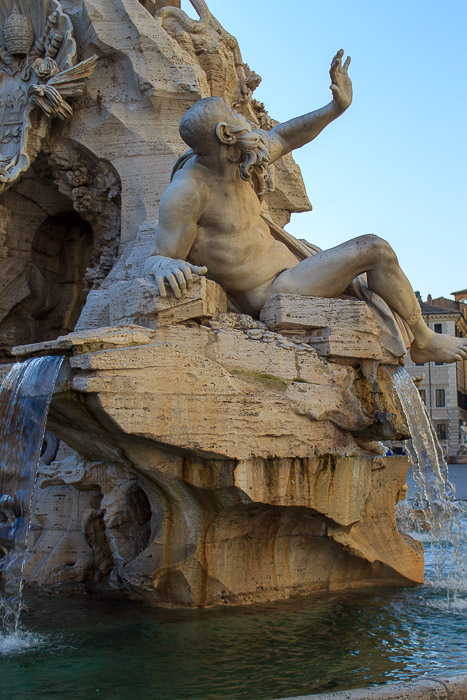
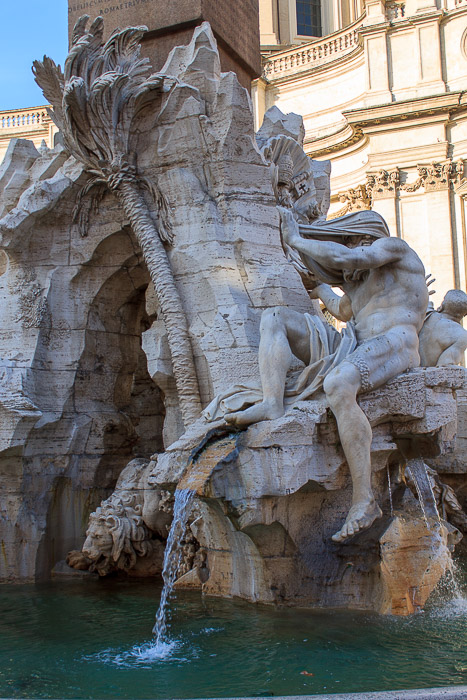
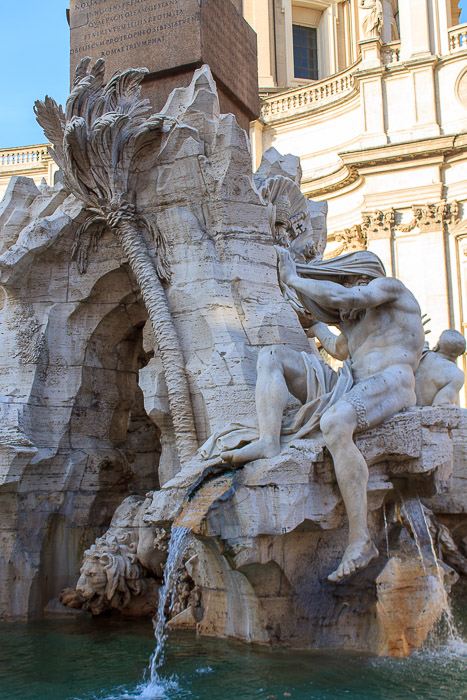
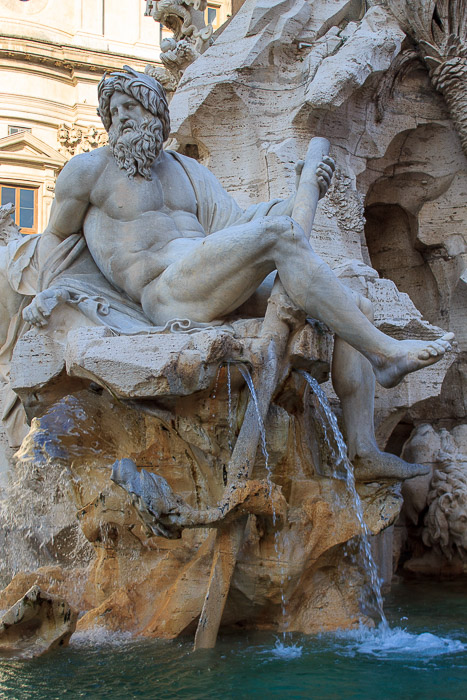
IMG_9480-20141010: The Ganges (Asia) of the Fountain of the Four Rivers, in the center of Piazza Navona, holding an oar with a large serpent wrapped around the oar
See all
Fountain of the Four Rivers photos.
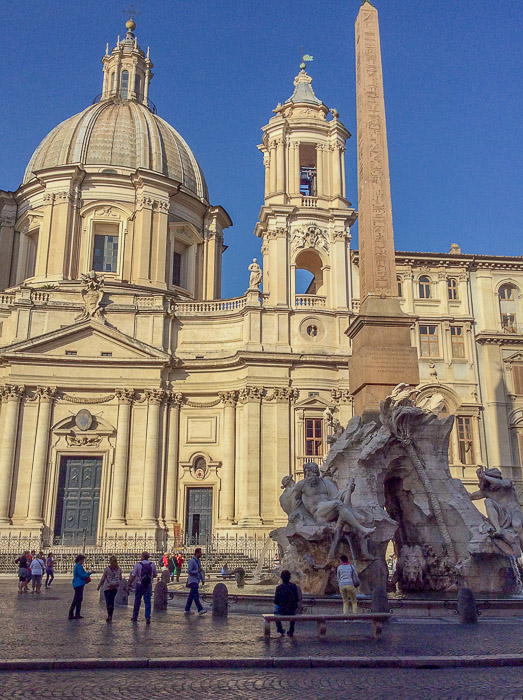
IMG_0202-20141010: Fountain of the Four Rivers, Agonal Obelisk, and church of St. Agnes in Agone, at the center of Piazza Navona
See all
Fountain of the Four Rivers photos.
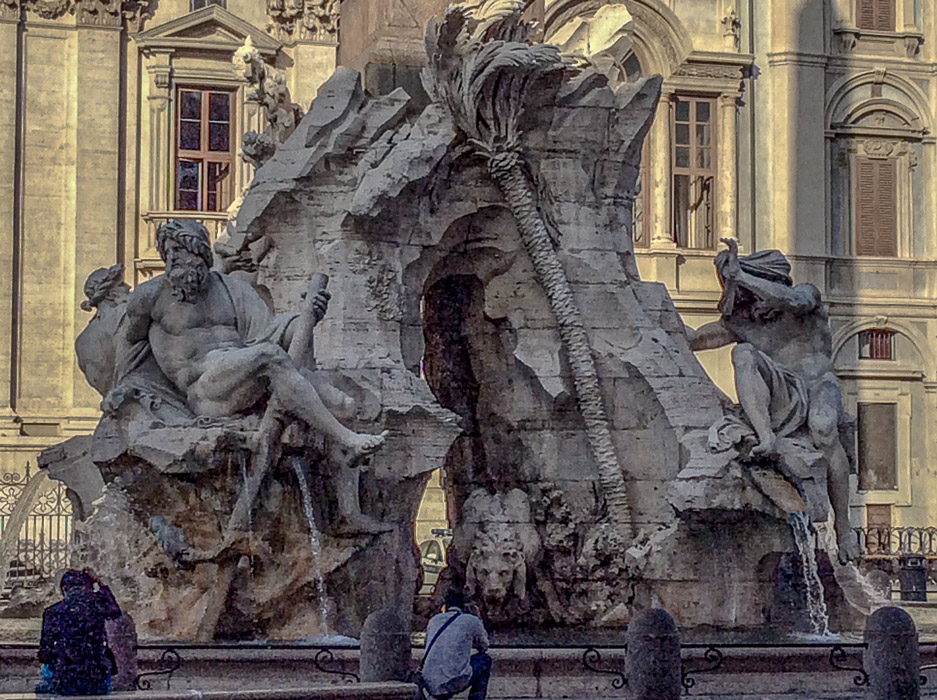
IMG_0203-20141010: Fountain of the Four Rivers, at the center of Piazza Navona, Ganges (Asia) on the left, Nile (Africa) on the right
See all
Fountain of the Four Rivers photos.
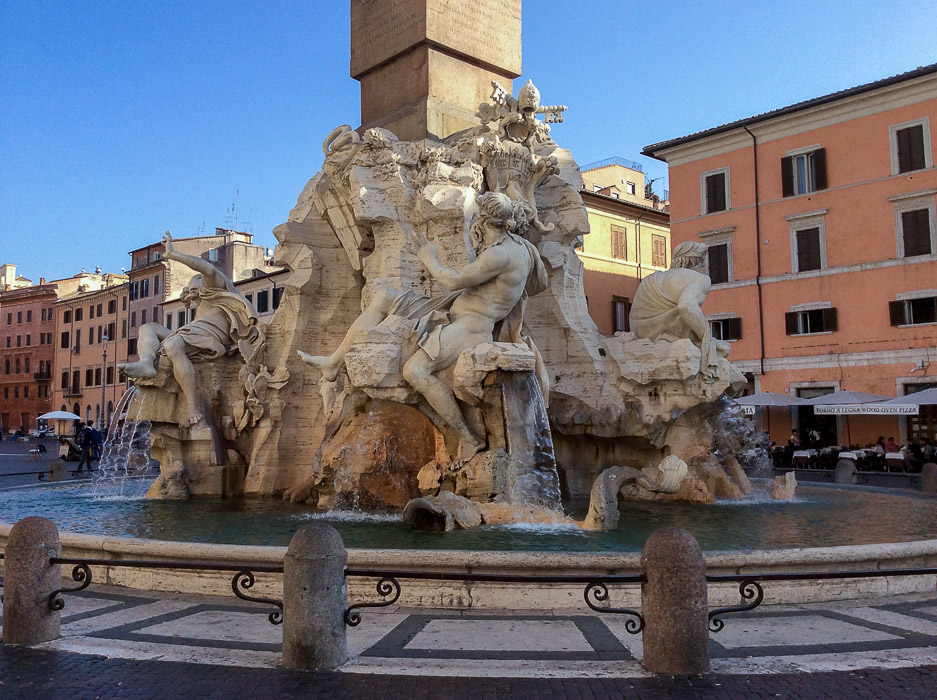
IMG_0204-20141010: Fountain of the Four Rivers, at the center of Piazza Navona, Rio de la Plata (Americas) on the left, Danube (Europe) in the center, Ganges (Asia) on the right
See all
Fountain of the Four Rivers photos.
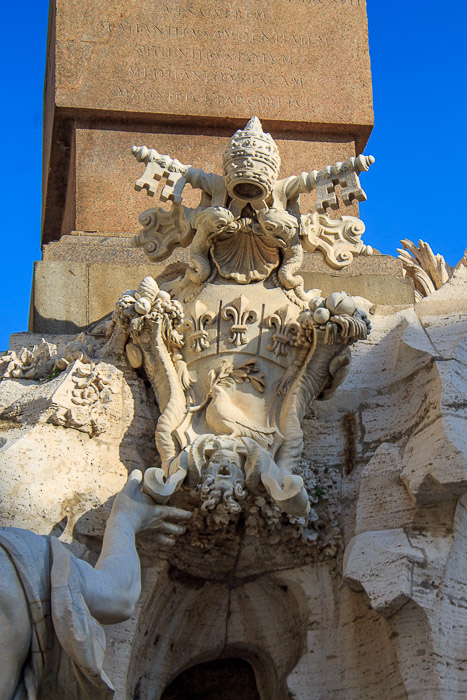
IMG_9483-20141010: The Papal Coat of Arms on the Fountain of the Four Rivers, at the center of Piazza Navona, between the Danube (Europe) and Ganges (Asia). There is also one on the opposite side of the fountain.
See all
Fountain of the Four Rivers photos.
See also: